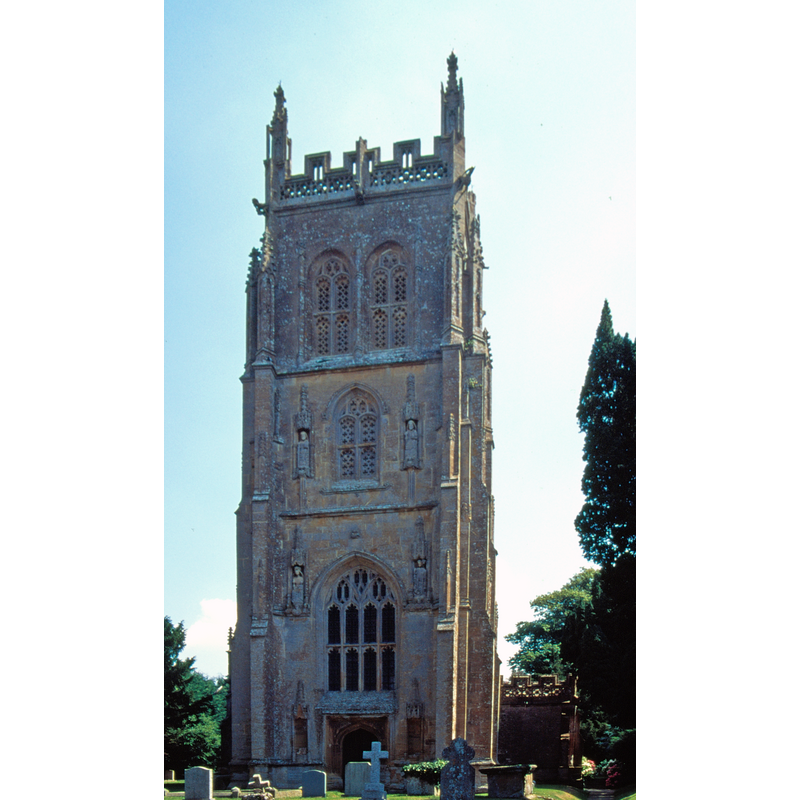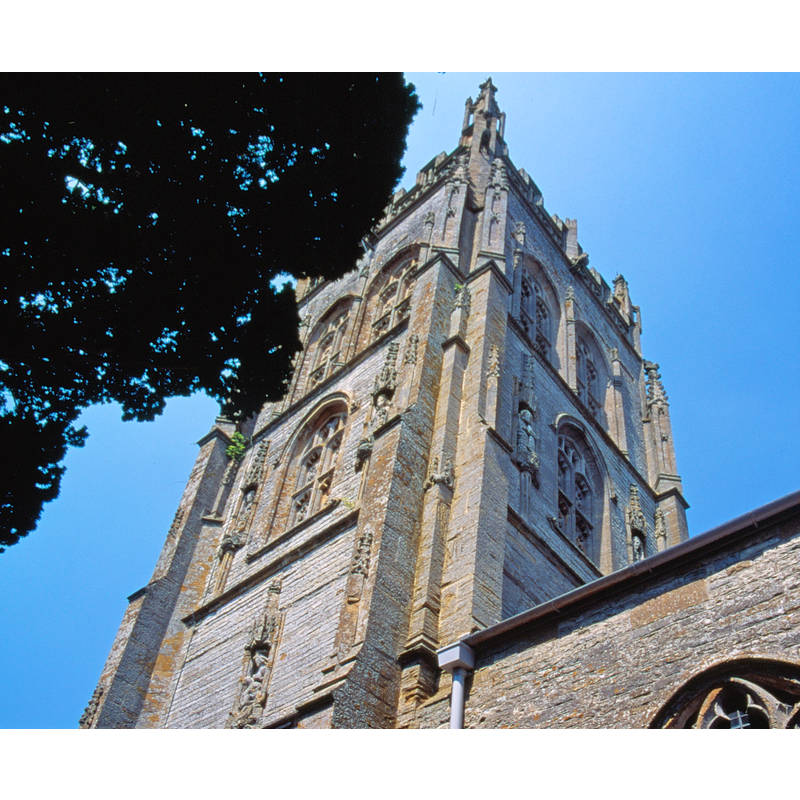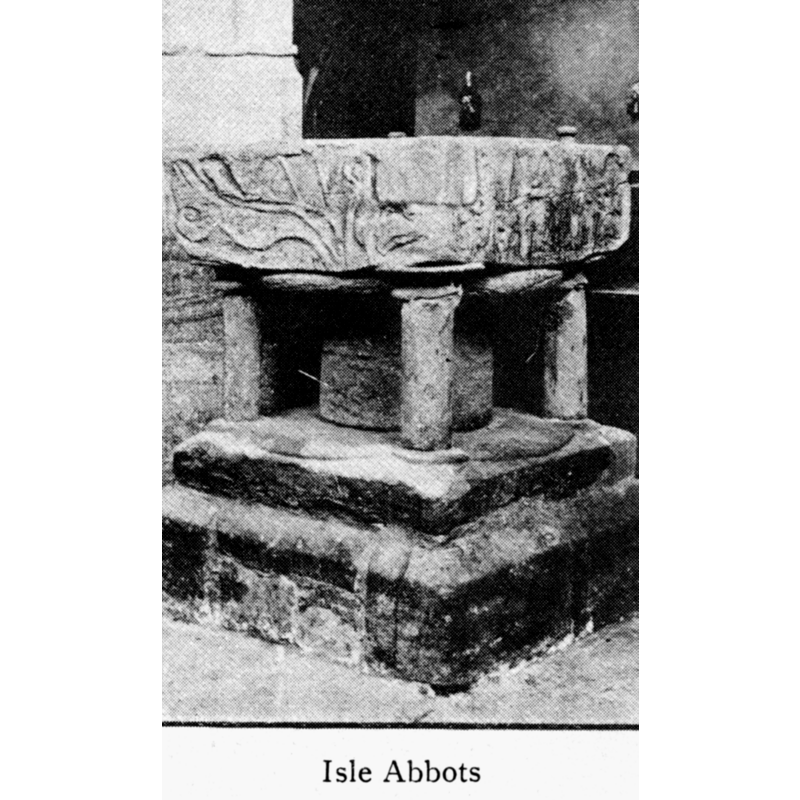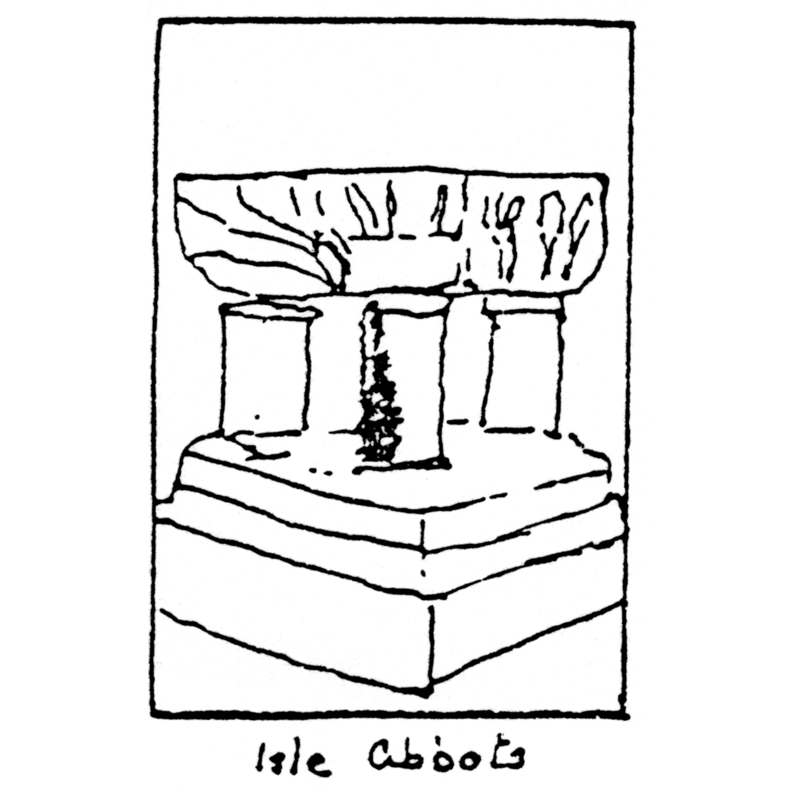Isle Abbotts / Ile / Ile Abbots / Isle Abots
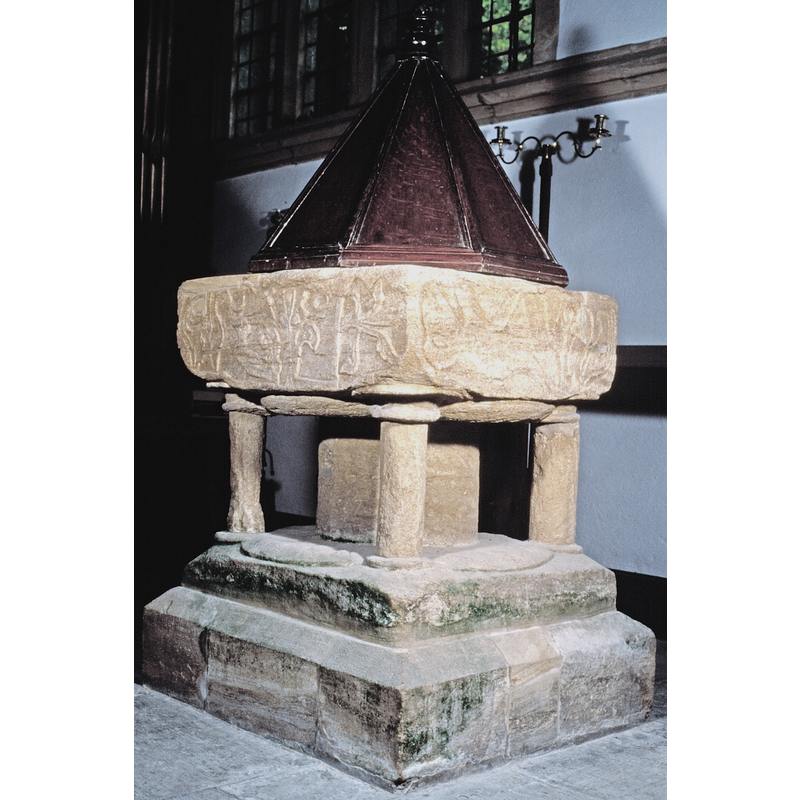
Image copyright © Baptisteria Sacra Index, 2023
Results: 11 records
B01: animal - mammal - quadruped - upside down
B02: symbol - candelabrum
B03: design element - motifs - quatrefoil
B04: design element - motifs - foliage
view of church exterior - west tower
view of church exterior - west tower - detail
view of church interior - nave - looking east
view of font
view of font
view of font and cover
INFORMATION
FontID: 02489ISL
Object Type: Baptismal Font1
Church/Chapel: Parish Church of the Blessed Virgin St. Mary
Church Patron Saints: St. Mary the Virgin
Church Location: Abbotts Way, Isle Abbotts, Somerset TA3 6RJ
Country Name: England
Location: Somerset, South West
Directions to Site: Located 12-14 km E of Taunton, N of the A358, but more easily accessible off the A378, S at Fivehead
Ecclesiastic Region: Diocese of Bath & Wells
Historical Region: Hundred of Abdick [in Domesday]
Font Location in Church: Inside the church [cf. FontNotes]
Century and Period: 12th century [re-carved?], Norman [altered]
Workshop/Group/Artisan: Tournai type?
Cognate Fonts: Tournai-like fonts
Font Notes:
Click to view
There are two entries for Isle [Abbots] [variant spelling] in the Domesday survey [http://opendomesday.org/place/ST3520/isle-abbotts/] [accessed 26 November 2016], but it mentions neither cleric nor church in it. The Handbook for travellers… (1869) entry for Isle Abbotts notes: "The font is Norman, with a square bowl, on a cylindrical stem, surrounded by 4 shafts. On the bowl are rude arches, with some foliage and grotesque sculpture." Described and illustrated in Bond (1908) who argues against using the crudeness of the carving ["what can be more uncouth than the beast upside down carved or rather scratched on the side of the font at Isle Abbots [...]?] to assign a pre-Conquest date to this and other such fonts; instead, he suggests the late 12th or early 13th century as a more realistic dating. Wade & Wade date to the Norman period. Pevsner (1958) describes this font as "Norman, re-worked Gothic", which is probably right. He expands on this issue: "The Norman carvings survive on one side, an animal carved in the primeval way of, say, the Luppitt font in Devon. Then the bowl was, it seems, turned upside down, the animal carving was placed out of sight, and the other side received pointed arches, quatrefoil fleurs de lis, and other motifs." The font is of the table-top type, a square basin of long but shallow sides carrying some kind of ornamentation; the inner well of the basin is round. On-site notes: the basin rests on five constructional columns, a broad central one and four slender shafts at the corners; the lower base consisting of two square volumes as lower base and plinth. One of the sides (side 2) of the basin has an odd figure on its back, which Bond (ibid.) describes as an uncouth carving of a beast upside down, while Tisdall (1998), with his usual flair, calls it "The Devil 'down and out' renounced and slain by baptism" [cf. Pevsner notes above]; this same side has an unidentified motif to the right of the beast. Side 3 has an unidentified motif on the left followed by four arches containing a candelabrum (?) and three other motifs which may be symbols of plants; side 4 has two other such arches with unidentified motifs on the left, a quatrefoil and fleur-de-lis motif (?) on the right. Side 1 could be read as a bird and vegetation. The whole carving programme is very unclear and there probably are two carving periods mixed [cf. Pevsner supra], some of the motifs clearly belonging to a later period. The font cover is pyramidal octagonal (Jacobean?) and has a pine-cone finial. The brief church-guide informs that the font may be Saxon with Norman carvings and gives its original location as near the south door; it identifies the four-legged animal on the north side of the font as "the dragon reversed by baptism", the west side as having a dragon between a sword and a fleur-de-lis, the east side as a dove and calls the south side ornamentation "undecipherable". This same guide states that the stoup which is now on the east side of the doorway may have been used as a font in earlier days.
COORDINATES
Church Latitude & Longitude Decimal: 50.98475, -2.923389
Church Latitude & Longitude DMS: 50° 59′ 5.1″ N, 2° 55′ 24.2″ W
UTM: 30U 505378 5648132
MEDIUM AND MEASUREMENTS
Material: stone, limestone
Font Shape: square (mounted)
Basin Interior Shape: round
Basin Exterior Shape: square
Drainage Notes: lead-lined
Rim Thickness: 6 cm (22 cm at the corners)
Diameter (inside rim): 55-57 cm
Basin Depth: 20 cm
Height of Basin Side: 24 cm
Basin Total Height: 29 cm
Height of Base: 40 cm
Height of Central Column: 33 cm
Height of Side Columns: 33 cm
Font Height (less Plinth): 69 cm
Font Height (with Plinth): 92 cm
Trapezoidal Basin: 70 x 71 cm
Notes on Measurements: BSI on-site
LID INFORMATION
Date: 17th century? / Jacobean?
Material: wood, oak?
Apparatus: no
Notes: tall pyramidal shape, with eight sides
REFERENCES
Bond, Francis, Fonts and Font Covers, London: Waterstone, 1985 c1908
Cox, John Charles, English Church Furniture, New York: E.P. Dutton & Co., 1907
Murray, John, A handbook for travellers in Wiltshire, Dorsetshire, and Somersetshire, London: John Murray, 1869
Pevsner, Nikolaus, South and West Somerset, Harmondsworth: Penguin Books, 1958
Pike, Joan H.K., "Medieval Fonts of Ireland", [Supplied courtesy of The Dept. of the History of Art, Trinity College, Dublin], [Ireland]: [Privately printed], 1989
Tisdall, M. W., God's beasts: identify and understand animals in church carvings, England: Charlesfort Press, 1998?
Wade, G.H., Somerset, London: Methurn & Co., 1929
![north side of the basin [cf. Font notes]](/static-50478a99ec6f36a15d6234548c59f63da52304e5/compressed/ILE0005317_compressed.png)
![and other unidentified motifs, on the west side of the basin [cf. Font notes]](/static-50478a99ec6f36a15d6234548c59f63da52304e5/compressed/ILE0005320_compressed.png)
![and other window-like motifs; these may have been carved on the side at a later date; [cf. Font notes]](/static-50478a99ec6f36a15d6234548c59f63da52304e5/compressed/ILE0005324_compressed.png)
![east side of the basin [cf. Font notes]](/static-50478a99ec6f36a15d6234548c59f63da52304e5/compressed/ILE0005328_compressed.png)
